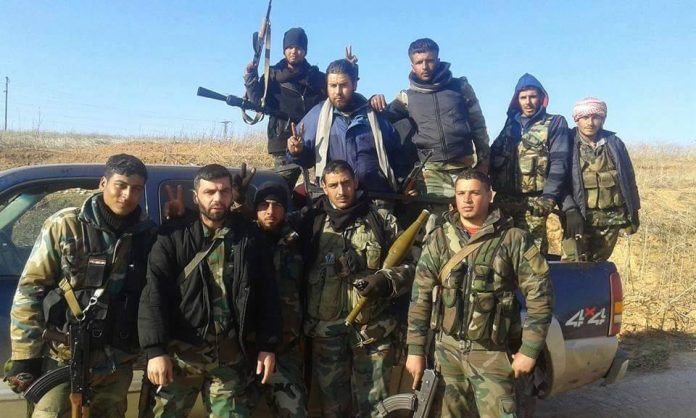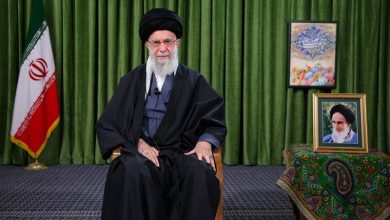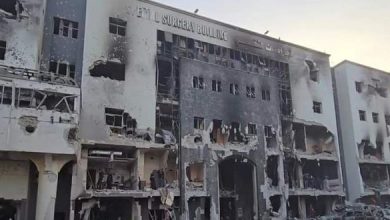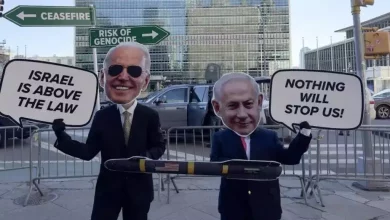Hamas has freed 4 female Israeli soldiers
Hamas has freed four female Israeli soldiers who were taken captive during Operation al-Aqsa Flood on October 7, 2023, as part of a ceasefire agreement in the ongoing Gaza conflict.

In a negotiated agreement, the Israeli government is anticipated to release 200 Palestinian detainees from its prisons in exchange for the liberation of hostages on Saturday.
Four soldiers were brought to the forefront at a central square in Gaza City, where a significant number of Hamas militants had assembled beforehand, and subsequently transferred to the custody of the Red Cross.
The Israeli military has confirmed the custody of the soldiers, stating they are being escorted by special forces and Shin Bet agents back to the occupied territories. Upon their arrival, they will receive an initial medical evaluation.
Four individuals, identified as Israeli soldiers clad in military uniforms, have been detained in Palestinian territory following their capture by Hamas during a significant operational maneuver.
The individuals, who seemed to be in good health, were observed smiling and each carrying a bag while waving to the gathered crowd at Palestine Square in Gaza City. The stage at the event bore a prominently displayed message in Hebrew stating, “Zionism will not prevail.”
Israel has announced the release of 200 Palestinian prisoners, among whom 121 are currently serving life sentences.
A court has handed down 81 life sentences against members of Hamas, marking a significant development in the ongoing conflict.
Islamic Jihad Member Receives 23 Consecutive Life Sentences
Fatah leader receives 13 life sentences
The Popular Front for the Liberation of Palestine has issued two life sentences, according to reports.
A member of the Democratic Front for the Liberation of Palestine has been sentenced to life imprisonment.
Mohammed al-Tous, regarded as the longest-serving Palestinian inmate, originating from Bethlehem and incarcerated since 1985, is now on the list of prisoners scheduled for release.
The Israeli Prison Service has announced that a portion of the Palestinian detainees set for release will be transferred to Gaza, while the remainder will return to the Israeli-occupied West Bank.
Armed militants from Hamas and Islamic Jihad, equipped with assault rifles and rocket-propelled grenade launchers, assembled in orderly formations as a significant number of Gaza residents gathered to witness the transition.
The recent release of four Israeli captives underscores that Hamas and other Palestinian factions maintain robust command and control structures, according to Muhanad Seloom, an assistant professor specializing in critical security studies at the Doha Institute for Graduate Studies in Qatar.
The exchange forms a component of a delicate ceasefire agreement between Israel and Hamas, which commenced last Sunday. This truce aims to facilitate a path towards a lasting resolution to the conflict.
The implementation of the ceasefire agreement is set to occur in three distinct phases; however, the details of the final two stages remain unresolved at this time.
In the initial 42-day phase, it is anticipated that 33 individuals, whom Israel believes are still alive, will be gradually released in exchange for approximately 1,900 Palestinians currently detained in Israeli prisons.
On the first day of the ceasefire last Sunday, three captives were successfully returned to Israeli settlements, while 90 Palestinians, predominantly women and minors, were freed as part of the agreement.
Bassem Naim, a representative of Hamas’s political bureau stationed in Qatar, announced that Palestinians who have been displaced to southern Gaza due to the ongoing conflict should soon be able to commence their return to the northern regions following the releases scheduled for Saturday.
Families who have been displaced for over a year due to the ongoing Israeli conflict are eager to return to their homes. However, many are likely to encounter only the remains of their former residences, reduced to rubble.
Nearly the entire population of 2.4 million in Gaza has been displaced as a result of the ongoing conflict.
The United Nations has reported that approximately 69 percent of buildings in the Gaza Strip have either been destroyed or damaged. In an assessment conducted last year, the UN Development Programme projected that the reconstruction of all affected homes could extend until 2040.




